Catch and Release Hooks
Catch and release hooks are fishing hooks that are designed specifically to help increase the chances that any fish you catch will survive after being released. Learn what hooks are best to use when practicing catch and release.
The use of catch and release fishing hooks when learning how to release fish can contribute toward more sustainable fish populations now and into the future.
Why Use Catch and Release Fishing Hooks
You may want to use catch and release hooks for a few different reasons. First, you might be focused on conservation and want to do as much as possible to protect our state fisheries. Second, maybe your catch is not within the legal regulations so you need to release it. Third, perhaps you simply enjoy fishing, but don’t want to take any fish home to eat.
Types of Catch and Release Hooks
If you are not sure what type of hooks are best if you plan to release your catch, or how to use them, don't worry. There are just a few different types of hooks that are used for catch and release. You can try one or two of these types of hooks the next time you go fishing.
Circle hooks
These hooks are made so that the hook almost has a circular shape, with the point of the hook turning inward toward the shank. Due to the shape of this type of hook, it generally catches fish in the lip or at the corner of the mouth. The use of circle hooks instead of J-hooks can significantly decrease the chances of fish becoming gut-hooked. They can also be used for both saltwater and freshwater fishing.
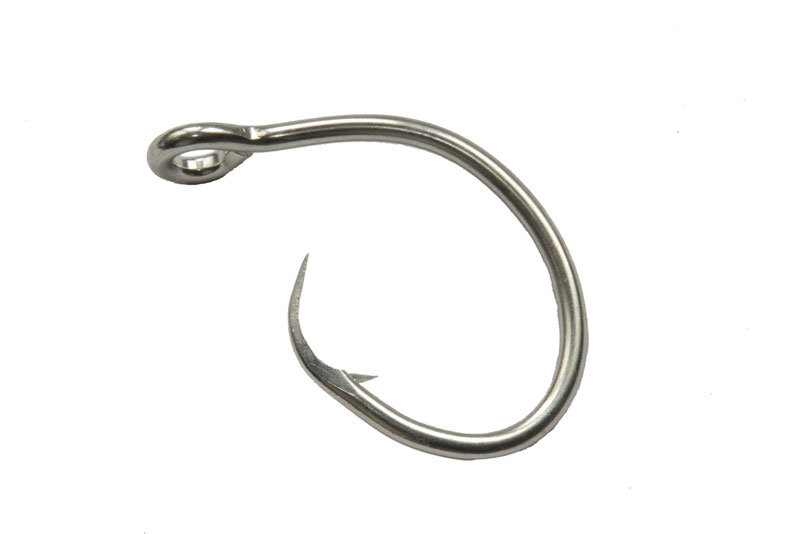
Barbless fishing hooks
Hooks without barbs are easy to find at tackle shops or online. Barbless hooks are faster and easier to remove from fish than a barbed hook. This means you can get the fish back into the water more quickly. You can also crimp down the barbs on any hooks you currently have in your tackle box by using pliers or hemostats.
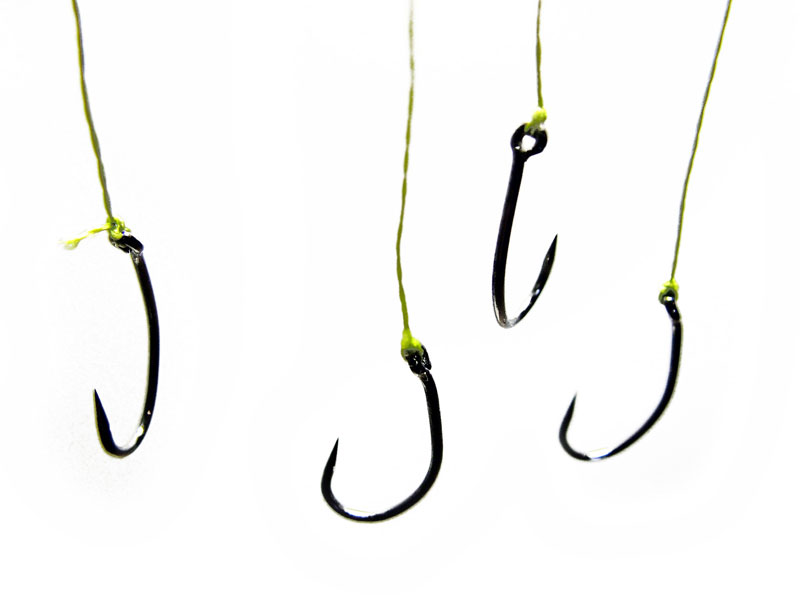
Quick release hook
This type of hook has a very short shank, comes with a special type of release sleeve, and is rigged with an extra piece of tag line. Once the fish is hooked, you can pull the tag line to release the sleeve, which then rotates the hook out of the fish. Hook removal can be completed without even having to touch the fish.
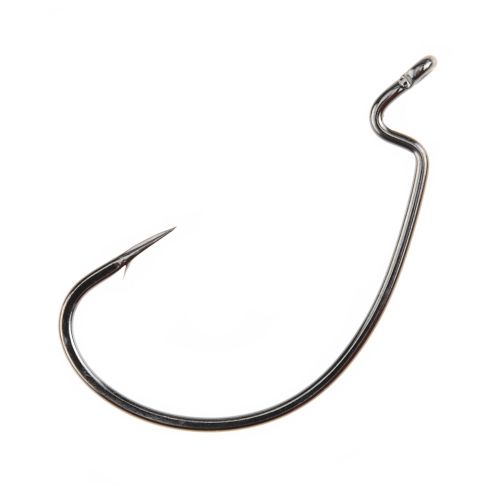
In addition to using these types of catch and release hooks, there are other ways that you can help protect fish populations by applying catch and release best practices.
KEEP LEARNING
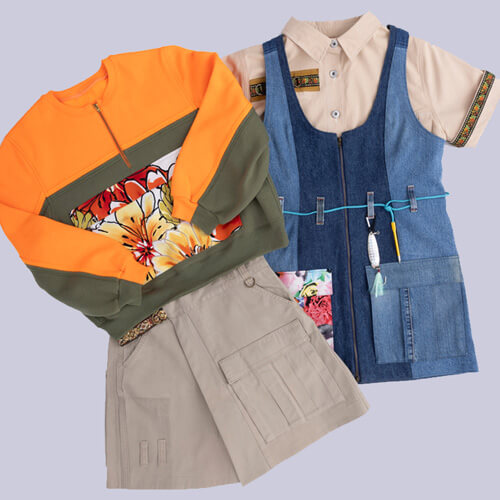
TakeMeFishing x Teen Vogue
Join us on a creative journey as fashion designer Ahmrii Johnson walks us through her collaborative vision and process with Teen Vogue and fashion brand, Rentrayage, to create a special piece.
LEARN MORE

First Catch Center Trailer Gallery
FCC Trailer Photo Gallery
LEARN MORE
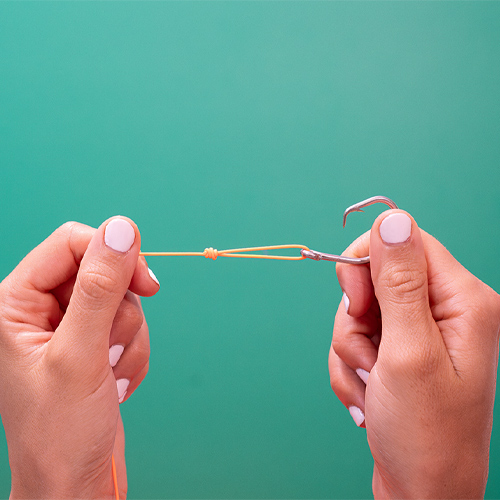
How to Tie a Duncan Knot
Learn to tie a Duncan knot by following these five simple steps. Watch our new video.
LEARN MORE

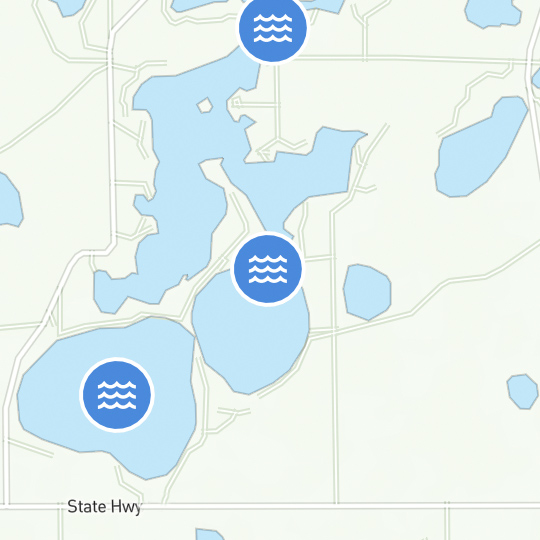
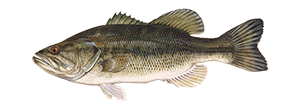.png?lang=en-US&ext=.png)